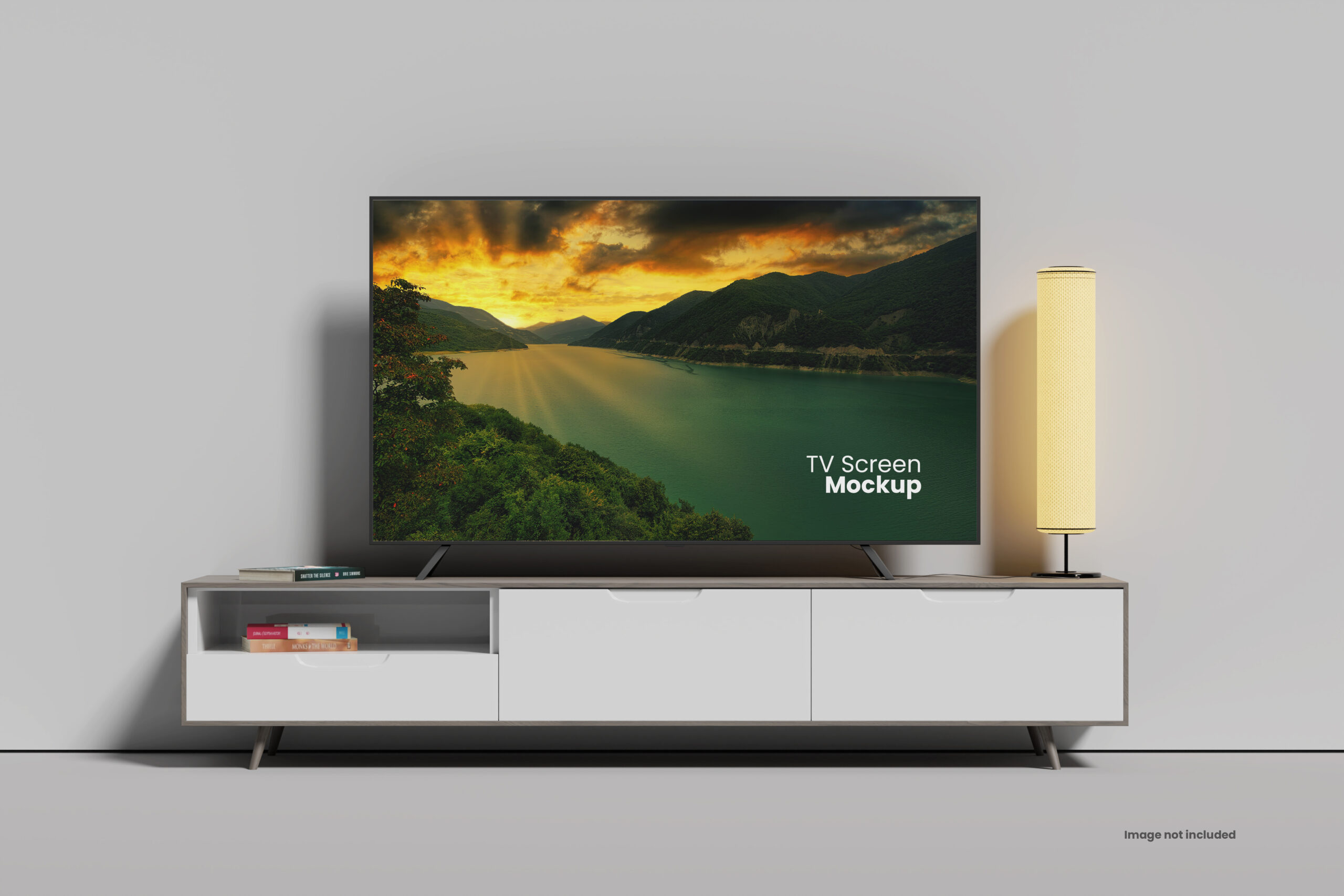This post is also available in:
简体中文 (Chinese)
Recently, Xiaomi officially announced that Xiaomi TV will rank first in China in terms of cumulative shipments from January to September 2023.
If you look purely at shipments, this is good news for Xiaomi. However, the most obvious price of Xiaomi TV is the driving feature, which cannot represent China’s smart manufacturing, let alone China’s color TV industry standing at the forefront of the world.
Xiaomi TV’s label to the outside world is equivalent to low price. Looking at it in two parts, the low price of Xiaomi TV has played a leading role in the popularization of large-screen TVs and played a universal role. This is worthy of recognition.
However, as the color TV industry develops towards high-end large screens, Xiaomi’s low-price strategy is under unprecedented pressure.
First of all, low-price color TVs saw the largest year-on-year decline from January to October, indicating that the price driver is gradually failing.
According to Aowei data, from January to October this year, the industry with an average price of color TVs in the range of 1,000-1,999 yuan accounted for 17.6%, but the year-on-year decrease was the largest, a year-on-year decrease of 5.04%; followed by the industry with a price range of 3,000-3,999 yuan, accounting for 17.6% of the industry. Compared with 11.99%, it decreased by 3.23% year-on-year, ranking second in terms of decline. The industry with prices in the 4,000-4,999 yuan range accounts for 19.3%, a year-on-year increase of 4.59%; the industries with prices in the 6,000-6,999 yuan range account for 17.49%, a year-on-year increase of 4.47%.
During the same period, the average price of Xiaomi TV was 1,831 yuan, with a sales market share of 17.78%, a year-on-year increase of 0.79%.
In the TOP20 average price rankings from January to October, Xiaomi ranked third from the bottom, Cookaa ranked second from the bottom with an average price of 1,166 yuan, and Lehua ranked first from the bottom with an average price of 562 yuan.
Of course, from another perspective, price is still a powerful tool for market expansion. There is still a significant portion of the population that prefers price-driven pricing.
However, from a trend perspective, mid-to-high-end brands have the greatest growth potential. This may be a huge challenge for Xiaomi TV to move to high-end.
Secondly, high-end users value drive quality more and are the main force behind high-end large screens.
Market trends show that high-end large screens are the first choice for many consumers who pursue quality life. Aowei data shows that from January to October, the industry accounted for 25.61% of 60-69-inch TV sales, with an average price of 4,911 yuan; 70-79-inch TV sales accounted for 25.11% of the industry, with an average price of 7,290 yuan. This shows that high-end, high-quality large-screen TVs above 60 inches already occupy an absolute majority of the market and are forming a leading trend.
In the long term, when consumption upgrades and quality life have become inevitable, price-driven prices may be counterattacked by the market. In other words, this type of product can only take the low-end route, and it will be difficult to penetrate into the mid-to-high end.
When users subconsciously regard Xiaomi’s low price as a label, this will hinder the penetration of Xiaomi TV into high-end products.
In fact, high-end users pay more attention to quality-driven, which is an important force for the continued growth of high-end large-screen TVs.
Third, in overseas markets, Xiaomi also trades price for market, which cannot represent China’s color TV industry.
Whether domestically or internationally, Xiaomi TV’s strategy is exactly the same, relying entirely on price to compete in the market. The Chinese brands that are truly famous internationally are Hisense and TCL that represent China’s color TV industry.
When Hisense introduced laser display technology, chips, and the most intelligent and best picture quality to the market, becoming the second best seller in the world; when TCL held the LCD panel production line and continuously iterated and accelerated new products, the outside world evaluated them as, Hisense TCL is the label for Chinese color TVs. Establish a global voice by exporting brands, technologies and standards.
The evaluation of Xiaomi is that the price is very competitive, but in terms of core technology and other aspects, the outside world seems to have a blank impression.
It’s not that Xiaomi TV is not doing well, but the original positioning determines the height and upper limit of Xiaomi TV. Frankly speaking, the price-driven advantage of Xiaomi TV is that it has lowered the average price globally, which indeed allows many people to afford TVs. But from the perspective of high-end intelligent manufacturing and using technology to define the right to speak, Xiaomi TV is far from enough.
In fact, the development of the color TV industry cannot be all about low-end products, let alone high-end products. Only when a hundred flowers bloom can we meet the demands of thousands of people.
Judging from the performance of Xiaomi TV, the changes in the consumption environment show that price-driven users account for a larger proportion of online content, while quality-driven users put scene experience and technological innovation first.
Measuring Xiaomi TV by sales volume is a staged success. If Xiaomi TV is measured by technology and standards, it is lacking. The real gold content is output technology, output standards, output brands and output modes. Xiaomi TV obviously still has a long way to go.
(Source: Blue Technology Image source: freepik)





